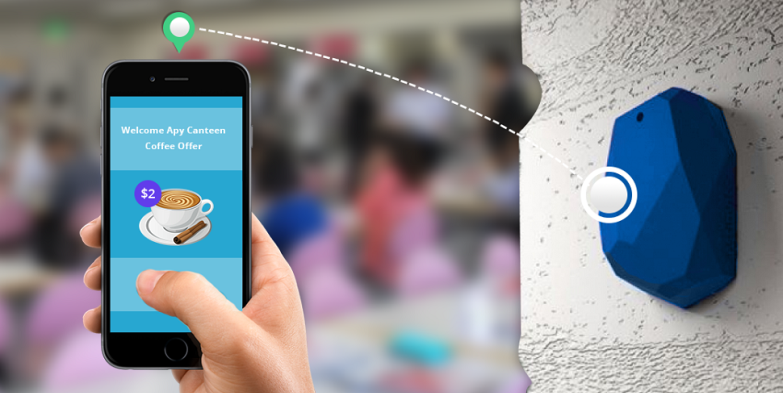
As part of Project Beacon, Google has been sending free beacons to businesses aimed at improving mobile visibility and customer experience. This has been very random, to the best of my knowledge, so if you haven’t received one for your business please do not go on a riot or accuse Google of being bias. If you received this package from Google, this article is not for you; you already know what a beacon is, and how Beacon Technology works to the favor of your business. If you weren’t lucky enough to receive one, I will use this platform to introduce you to a new marketing strategy that will have customers attracted and glued to your store, and perhaps by the time you read through this article to the last letter you will be thinking of implementing it in your business. But what exactly do you need to know about beacon technology? How can it help you meet your business goals? Walk with me, I will answer these questions.
What is Beacon Technology? A brief History
Beacon Technology is an invention of the Apple Company. On 10th June 2013Apple introduced iBeacon as part of iOS 7 at the World Wide Developer Conference (WWDC 2013). Since then, Beacon Technology has garnered traction across the world as part of businesses, and its adoption is increasing every other day. By December 2013Apple had installed beacons in all 254 of their US shops to provide customers with in-store notifications about items, product reviews, and deals. On 14th July 2015, Google launched Eddystone, a cross platform competitor to Apple’s iBeacon. Eddystone is designed to provide location-based content to your smart-phone. In late 2016, noticing people’s hesitance of downloading the app, Google made it possible for people to use the feature without downloading any apps, resulting in resurgence in popularity. In September 2017, Google launched the Project Beacon and has since then been randomly gifting businesses Beacons to popularize the technology. This year, Global Market Insights predicted that the beacon technology market is set to surpass $25 billion by 2024. We can therefore say, rightly so, that the technology has a lot of potential and is expected to greatly contribute to the marketing landscape in the coming years.
So, what is a Beacon?
Beacons are small, wireless transmitters that use low-energy Bluetooth technology to send signals to other smart devices nearby. They are one of the latest developments in location technology and proximity marketing. Put simply, they connect and transmit information to smart devices making location-based searching and interaction easier and more accurate. In practice, the Bluetooth-powered beacons can send information to users’ mobile devices when they get within a few meters of the physical beacon location. This means that someone can walk down the street, get near a local restaurant’s beacon, and get the day’s specials sent right to their phone, with directions of how to get to the restaurant. If a law firm has a beacon-enabled, potential clients could park nearby and get step-by-step walking directions from their phones to the front door. Beacons can be used in offices, stores, public buildings, and other fixed locations, and they can also be used on vehicles, like buses and taxis.
How Beacons Work
The beacon device itself is incredibly simple. Each device contains a CPU, radio, and batteries, and it works by repeatedly broadcasting out an identifier. This identifier is picked up by your (potential customer’s) device. The identifier is a unique ID number that your smart-phone recognizes as unique to the beacon. Once connected, the beacon will carry out whatever function it has been programmed to perform (In this case send promotional, marketing and other important notifications about the store/business where the beacon is installed).
As for the user permission, the users make the final decision on whether they will receive beacon-based notifications and use the store/business positioning system. Beacon technology works only with a smart-phone and a Bluetooth on, so users can simply opt for turning off Bluetooth. There are also people who use their smart-phones without keeping Bluetooth on all the time. To overcome this obstacle as a marketing officer or the business owner, you can ask your users to turn on Bluetooth for the full customer experience. For this reason, beacon technology appears as less intrusive than the similar RFID (radio-frequency identification) and other engagement tools, enabling a user experience where a user has a choice to opt out.
So, how is the Beacon Technology going to Impact your Business?
Beacon Technology is extremely beneficial when your store or business is located within a shopping center, auto mall, or any other location where numerous businesses are all located very close to each other.
According to Google, by activating and using a beacon in your business, you can:
- Help your business show up on personal maps or saved places, where users have opted in to Location History.
- Gather photos, reviews, and other user-generated content for your business from people who’ve actually visited.
- Provide features like popular times and typical visit duration to help customers plan their visit to your business.
- Help provide Location Insights about how customers engage with your store.
- Access more features as they become available.
